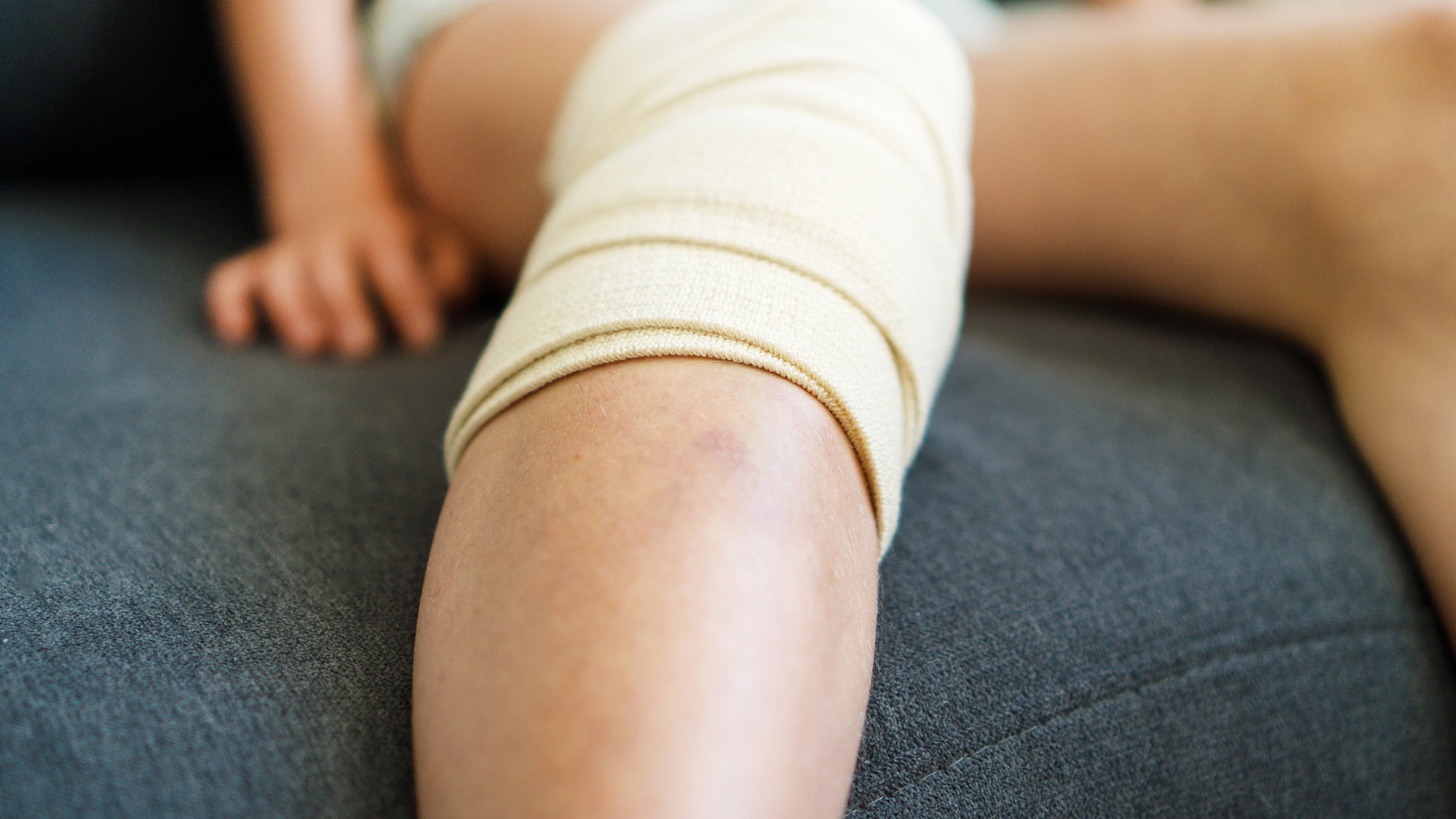Then it got busy.
A student fell from the monkey bars and another tripped while playing tag. Two kids hit each other’s heads with lunchboxes and needed ice packs. A young boy had a stomachache. Bobbitt also saw her regular kiddos: one who has special needs and uses a wheelchair and another who has diabetes and gets his blood sugar checked daily before lunch.
“Every day, I’m seeing more and more [youngsters],” Bobbitt, who is a certified nurse practitioner, said with a smile. “I saw more today than yesterday, so we just have to wait and see what the year has in store.”
As the only school nurse at this suburban Washington, D.C., elementary school, Bobbitt’s responsibilities extend beyond treating scraped knees and sniffles for the school’s 600 pupils. At her under-the-sea-themed clinic, she administers medications, teaches kids about health care, and conducts routine health screenings. As the school nurse, she also serves as a public health point person—tracking student vaccinations, linking parents to local health care resources, and communicating sometimes difficult messages to them, such as warnings about sexually transmitted diseases and signs of depression.
It’s a full plate, but Bobbitt considers herself lucky. In a previous school nursing job, she split her time between two buildings within the same school district—some years three. What hasn’t changed is that school nurses play a critical role in keeping students healthy and ready to learn, but it’s an often-unrecognized field for which schools struggle to attract and retain employees.
More than a third of schools nationwide don’t have a full-time nurse on-site, according to a 2021 survey by the National Association of School Nurses. The schools that don’t have a dedicated nurse either share one with other campuses, or don’t have one at all. Meanwhile, the nation is facing high rates of chronic illnesses among K-12 students, such as diabetes and asthma, along with an unprecedented mental health crisis among youth, and school nurses are at the front lines—often, alone.
School nurses’ roles were further complicated by covid-19. Since the pandemic took hold, they’ve been tasked with tracking cases and tracing exposures. An “extreme load of work was put on school nurses’ shoul
